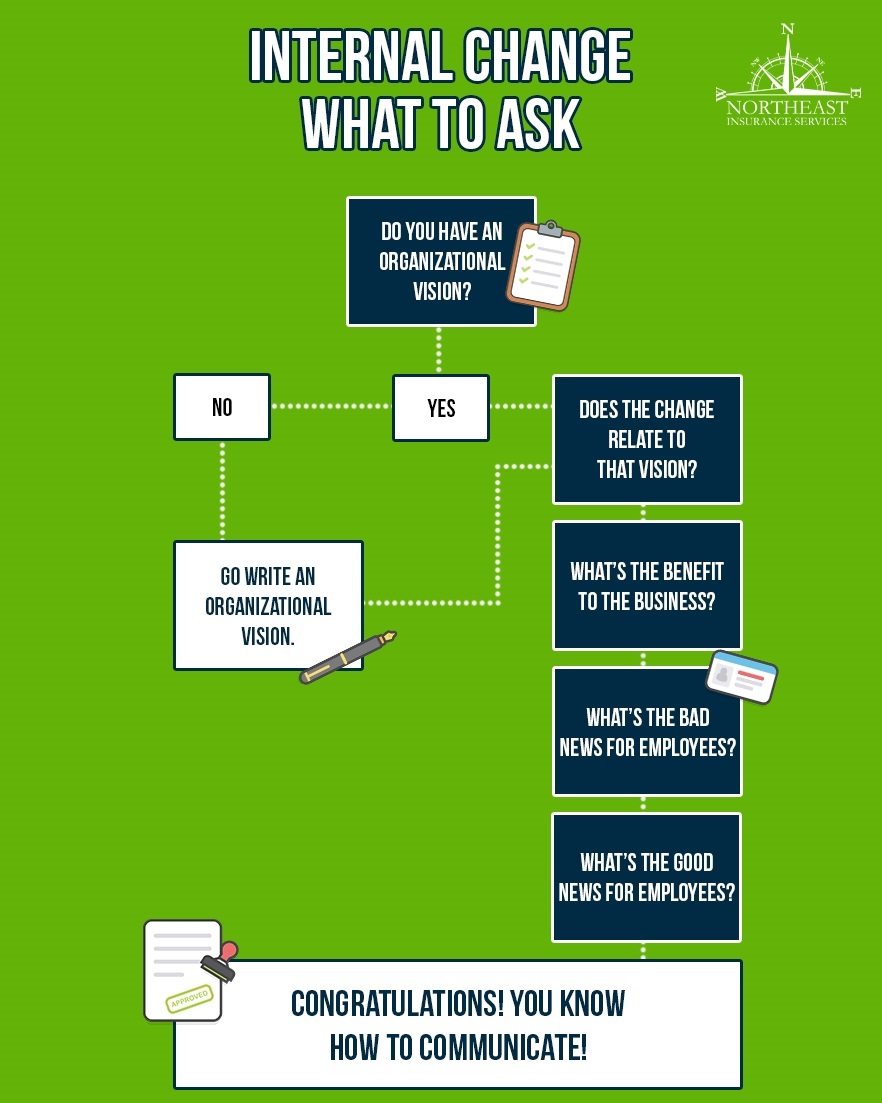COMMUNICATING WITH COWORKERS – #NONVIOLENCEDAY
In honor of International Day of Non-Violence (October 2nd), we thought it’d be appropriate to discuss office communication. Instead of thinking about throttling a coworker, consider the below tips on how to communicate and avoid a confrontation.
FIRST THINGS FIRST…
When it comes to dealing with others, there’s one thing we all need to remember: our coworkers are humans too. They have families, pets, they volunteer or give to charities, and they probably want to be working as much as you do. So when you must deal with a coworker either in a meeting or on a project, take a moment and think about what that person does when they’re not at work. After all, we spend most of our time around coworkers and it’s nearly impossible to not know anything about them.
POLITICS
With a population of over 300 million in the United States, there’s no doubt that your office will include a wide range of political views. The main rule when it comes to political discussions in the office? Don’t do it.
In today’s climate, politics is a topic that seems to cause tension or all around. Much like with comedy, if you don’t know your audience, then you could end up in a tense conversation.
If you’re a manager or supervisor, the first thing to do is avoid pushing your own political views onto employees; it seems obvious but sometimes needs to be said. Be non-partisan in all aspects of business and also encourage employees to be considerate of the political views of co-workers. We’re all unique and have different views.
INTERNAL CHANGE
Companies evolve and devolve every day. Those same companies, hopefully, have an organizational vision or mission that’s spread throughout the company day-to-day. This is what makes communicating change to employees easier. Trust us.
Consider these questions when you must communicate internal changes in your business:

DON’T BE AFRAID TO ASK
This is a sure way to improve office communication. So much goes unsaid within the office because you’re afraid to seem unqualified or confused. However when you ask a question, it makes you appear engaged and reminds the speaker that you’re actually listening.
IF YOU NEED CLARIFICATION, ASK!
If you’re trying to get others to open up, ask open-ended questions like “How do you envision this project?” or “I need help understanding your thinking process.”
Dive into the details by being more direct. “How does this work?” and “What’s challenging about this project?”
By asking questions, the other person is provided the chance to give clarification not just to you but also to themselves. In NorthEast’s office, we often ask each other questions or opinions, no matter which department we work in!
BE HONEST BUT RESPECTFUL
One of the most valuable training I received was at college where we learned how to engage in a conversation even when you don’t agree with the other person.
Too often we’re pressured to agree with others, especially coworkers and employers, and we shouldn’t be afraid to be honest. However, we also need to stay respectful. After all, we expect others to respect our opinions, why shouldn’t we offer the same?

For effective office communication to happen, there’s more to think about than the words you say. We also must be aware of body language. Eye contact, posture, and facial expressions are a few important elements in a conversation.
One of the worst things you can do is multitasking while having a conversation. Aside from the fact that you might forget what was said later one, it’s also rude.
RESPECT THAT THE OTHER PERSON IS SPEAKING AND IF YOU HAVE TO DISAGREE, DO SO RESPECTFULLY.
There you have it! A few ways to improve office and business communication, which hopefully make your every day calmer. What’s a way you avoid confrontation at work? Let us know!
Resources:
- 9 Commandments of Politics in the Workplace
- 5 essential questions when you’re communicating internal change
- 7 ways to become a better workplace listener
